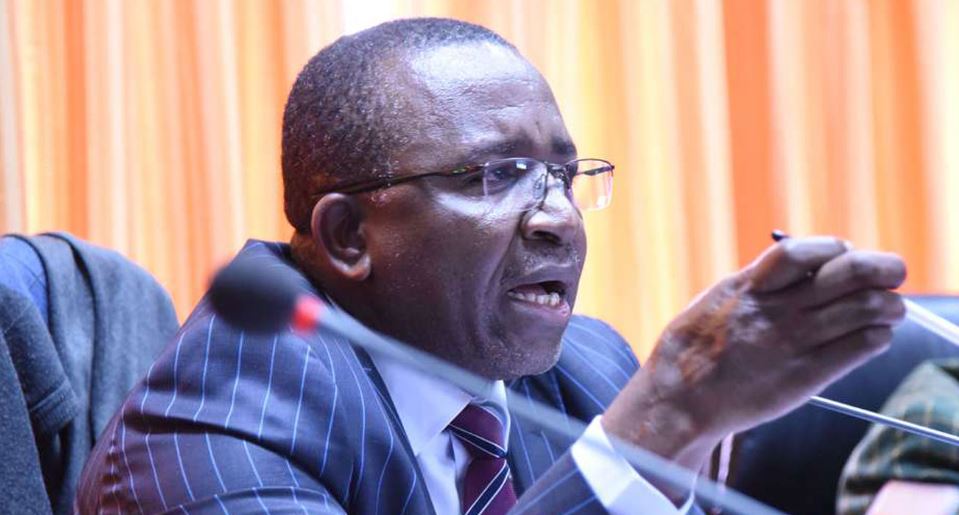Portal combat: SDSU is the college basketball exception with minimal defections - San Diego Union-Tribune
The college basketball transfer portal closed at 9 p.m. PDT Tuesday night.
Here’s how many more San Diego State players submitted paperwork before the deadline:
Zero.
It was the widely expected outcome around the program, but forgive the coaches for holding their breaths. A year ago, starting forward Elijah Saunders walked into SDSU’s compliance office and announced he was entering the transfer portal. A few weeks later, he had committed to Virginia.
“You just never know,” coach Brian Dutcher has said repeatedly this spring as the portal deadline ominously approached. “I’m no longer surprised by anything.”
This year, guard Nick Boyd submitted his paperwork just hours after the portal opened despite saying, when he arrived on campus the previous July, that he considered his move to SDSU as a two-year commitment. He is now headed to Wisconsin for what is believed to be well in excess of $1 million.
One other scholarship player from 2024-25 roster has transferred: senior forward Demarshay Johnson Jr. to Long Beach State. But that was largely expected, and after spending four years at SDSU, most of it buried on the bench, he was not guaranteed a scholarship next season.
And that, incredibly, remarkably, astonishingly, is it.
Eight other players from SDSU’s youngest roster in more than a decade could have entered the portal. None of them did.
That includes guard Miles Byrd, who declared for the NBA Draft but has said he’ll play at SDSU next season if he stays in college. Magoon Gwath initially entered the portal before dramatically reversing course on April 1 and announcing he’d be an Aztec next season if he didn’t turn pro.
The 7-foot forward oozing with next-level potential, however, never formally submitted NBA paperwork (the deadline is Saturday) and on Wednesday confirmed via social media that he won’t.
“I will be forgoing the remainder of the NBA Draft process, and I am officially returning to San Diego State next season,” he posted on Instagram under a photo of him in a No. 0 SDSU jersey. “Thank you for all your support as I gathered valuable feedback. While the NBA remains a goal of mine in the future, I’m looking forward to an amazing year ahead in San Diego. I’m focused on doing everything I can to help our team achieve great things. Go Aztecs!”
It will be a roster of familiar faces. Here’s its makeup:
Eight returnees: Byrd (if he doesn’t go pro), Gwath, Reese Waters, BJ Davis, Taj DeGourville, Pharaoh Compton, Miles Heide and Thokbor Majak.
Veteran transfers: point guard Sean Newman Jr. (Louisiana Tech), guard Latrell Davis (San Jose State) and forward Jeremiah Oden (Charlotte).
Incoming freshmen: Tae Simmons (Heritage Christian High School in Northridge) and Elzie Harrington (St. John Bosco in Bellflower).
A few years ago, before unlimited movement and NIL payments, continuity was the norm in college basketball.
Now, it’s the overwhelming exception. A recent count found just 15 of 364 Division I programs have only one player in the portal. Nearly 50 have at least 10, including USD.
UC San Diego lost all five starters, its sixth man, 92% of its scoring, both incoming freshman commits and all but four scholarship players. New Mexico lost its entire roster and coaching staff. Baylor and Indiana have no returning scholarship players who appeared in a game last season. Arizona State lost all but one, and he averaged 3.6 points per game. The only returnee at Central Florida played four total minutes.
“What I hope the Aztecs fan base and all of the MESA Foundation supporters recognize,” Jeff Smith, the founder of the NIL collective for SDSU basketball, “is that this was a pretty amazing result and a very, very unique result in terms of other programs and the mass exodus we’ve seen elsewhere. It’s also unique from the standpoint of us doing this with inarguably a smaller budget than the competitive landscape.”
A $500,000 matching campaign over the past month helped push MESA’s budget for the 2025-26 season close to $3 million, which is eight times larger than its inaugural budget three years ago but one-third of what many top programs reportedly have in their NIL kitty this spring.
“It’s not like we didn’t raise money; we did,” Smith said. “It’s not like we didn’t increase significantly the amount we raised, because we did. But at the end of the day, it’s about people wanting to play basketball at San Diego State. We were able to do enough for them to justify that decision.”
MESA did something else. It started conversations about next season before the current one had ended.
NIL negotiations began in mid-February and focused on using what MESA had raised to that point — both from 1,500 donors and the $1 million guarantee from SDSU’s participation in Players Era Festival in Las Vegas over Thanksgiving — to lock down the current roster.
“You learn from experiences you have in the past,” Smith said after three starters transferred out last spring following a Sweet 16 run and forced Dutcher to replace his entire starting lineup. “What we wanted the existing roster to understand was the top priority by a long shot was retention. We collectively — the coaching staff, MESA — made the decision that it was important to go to the guys early.
“We wanted them to understand that it was about keeping this special team together. It was important for us to put the NIL part of the conversation in the past as quickly as possible. We definitely wanted to be pre-emptive.”
The rationale: If you wait until the portal opens, it’s too late.
Two coaches traveled to the Dallas area on an off day in February to meet with Gwath’s family. Even when the Mountain West Freshman of the Year and Defensive Player of the Year initially opted to enter the portal, those relationships endured.
Gwath reportedly spoke with Kentucky and Michigan, two programs with practically unlimited budgets, but by late March was privately hinting of a possible return to SDSU.
In a matter of days, Smith galvanized a small group of boosters plus the ongoing matching campaign to provide Gwath what he calls a “revised agreement.”
“I don’t know exactly what his financial options were,” Smith said, “but they were significantly, significantly greater than what he agreed to take to stay here. It doesn’t mean he accepted a number where, if people heard it, they’d say, ‘I can’t believe he stayed for that.’ But what Dutch and the other coaches have argued is the guys will take a little bit less than someplace else to be here.
“That’s exactly what happened with Magoon. What this team is, what he means to this team, what the coaches have meant to him from the time they brought him in, all of those things absolutely factored into his decision.”
Originally Published:











